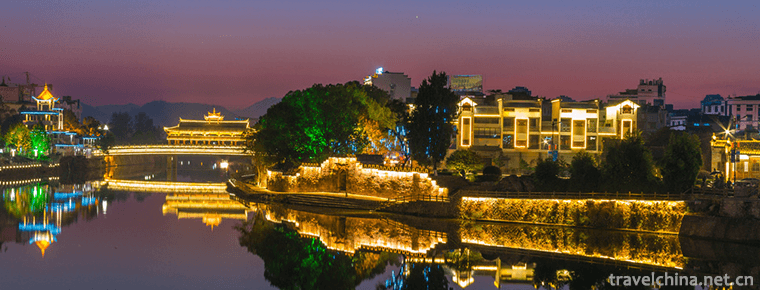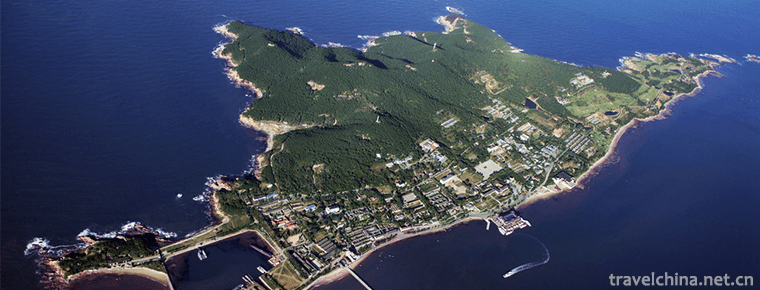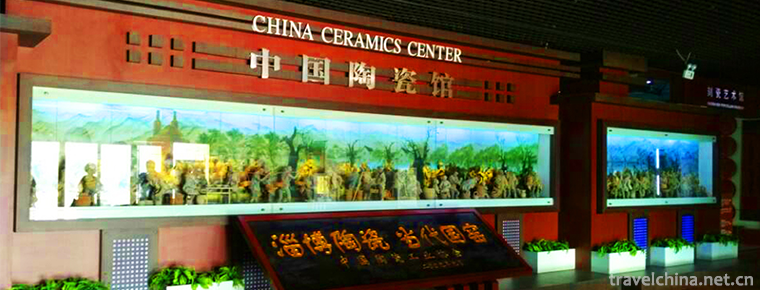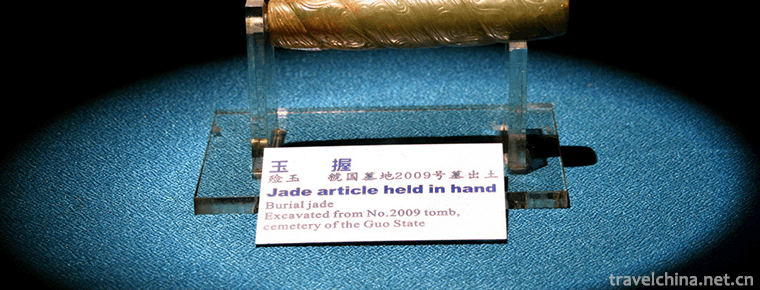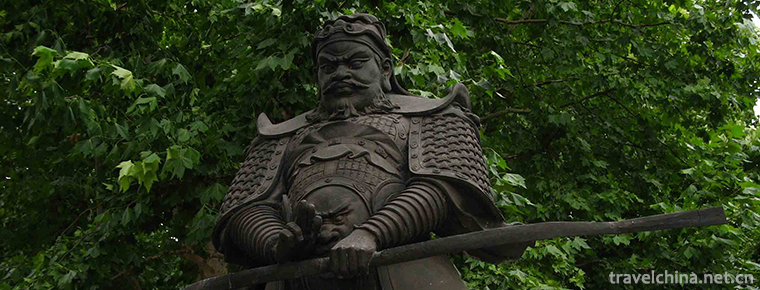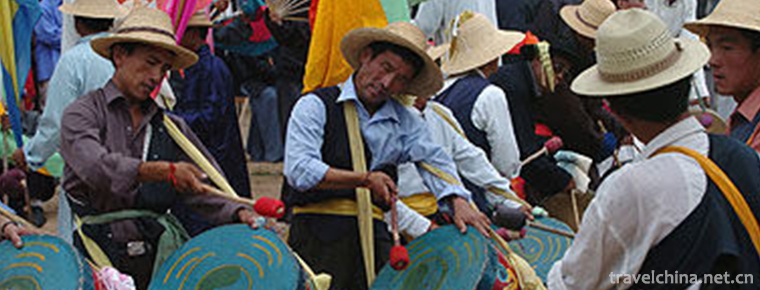Huangjing Nature Reserve
Huangjing Nature Reserve
This entry is lack of overview map, supplement the relevant content to make the entry more complete, but also quickly upgrade, come on!
Huangjing nature reserve of Gulin county was established with the approval of Gulin County People's Government in document No.33 [2002]. In April 2002, the county people's government applied to Luzhou Municipal People's government for the establishment of municipal nature reserve with document Gufu Fa [2002] NO.48. On August 30, 2003, Luzhou municipal government approved the establishment of Huangjing city level nature reserve with Lushih [2002] No. 117 document. In addition, the declared Huangjing Provincial Nature Reserve was listed as the focus of Luzhou environmental protection work in 2003. In April 2003, according to the requirements of the executive meeting of the county government, our bureau carried out the preparatory work of applying for the provincial nature reserve.
geographical environment
In May 2003, Gulin County People's government applied to Luzhou municipal government for instructions to establish Huangjing Provincial Nature Reserve in May 2003, and the municipal government reported to the provincial government and the provincial Environmental Protection Bureau with the document of GSF [2003] No. 40. On June 16, 2003, Sichuan Environmental Protection Bureau approved to carry out the preliminary work of Huangjing (provincial) Nature Reserve declaration. The types of Huangjing (provincial) nature reserve are natural ecological protection and historical relics.
The geographical coordinates of Huangjing nature reserve are 105 ° 39 ′ 20 ″ - 105 ° 52 ′ 40 ″ E and 28 ° 05 ′ 15 ″ - 28 ° 20 ′ 10 ″ n. The Nature Reserve is composed of Huangjing Township, Guihua Township and Gulin town. The total area of the nature reserve is 25591 hectares, including 2900 hectares of core area, 5400 hectares of buffer area and 17291 hectares of experimental area. The core area accounts for 11.33% of the total area of the reserve, the buffer area accounts for 21.10% of the total area of the reserve, and the experimental area accounts for 65.57% of the total area of the reserve. The reserve accounts for 42.8% of the total land area of the three townships. The forest coverage rate of the reserve is 90-96%. Gulin County covers an area of 3183.5 square kilometers, and Huangjing nature reserve accounts for 8% of the total area of the county.
Main protected objects
1. The most complete subtropical evergreen broad-leaved primeval forest is preserved at 28 ° n;
2. It is an important water conservation forest in the upper reaches of the Yangtze River;
3. Alsophila spinulosa community in Osmanthus valley;
4. Honglong lake natural landscape;
5. National first and second class rare plants: Davidia involucrata, Taiwania flousiana, Metasequoia spinulosa, Liping camellia, Baiguoshu, Cephalotaxus, Lianxiang, Eucommia ulmoides, etc;
6. National class I and II protected animals: leopard, wild yak, red fox, antelope, pangolin, otter, black bear, monkey, swan, etc.
7. Huangjing Red Army tree, osmanthus ancient plank road, osmanthus river stone carvings and other historical and cultural heritage.
Comprehensive value
Scientific research value and ecological value
Due to the changeable topography, complex geological structure, thousands of landforms and relics, the natural gene bank and species are well preserved, a large number of Alsophila spinulosa groups, the discovery of national first-class protected plant Camellia, the four seasons scenery of Honglong high gorge out of Pinghu Lake, the best preserved original broad-leaved forest belt, the unheard of Vitex negundo, and hundreds of wild species in Huangjing nature reserve Living plants coexist to form a green ecological barrier in the upper reaches of the Yangtze River. It perfectly shows the extremely high scientific value and ecological value.
economic value
In the area, the vegetation is lush, the air is fresh, the environment is elegant, the air contains rich negative oxygen ions, the natural landscape is beautiful, and the connotation of historical and cultural landscape is profound. It is of great importance to make full use of the unique natural landscape to develop tourism vigorously and implement the strategy of "tourism county" to promote regional economic growth. With good ecological and environmental benefits to promote the growth of economic aggregate, with the growth of economic benefits to maintain the further improvement of ecological and environmental quality, so as to form a virtuous cycle of ecological and economic benefits.

Huangjing Nature Reserve
-
Taining Scenic Tourist Area
Taining Scenic Spot: World Geopark, National AAAAA Class Tourist Spot, National Key Scenic Spot, National Forest Park, National Geopark, National Key Cultural Relics Protection Unit
Views: 219 Time 2018-12-08 -
Weihai Liugong Island Scenic Area
WeihLiugong Island is located in Weihai Bay, the easternmost part of Shandong Peninsula. It has rich and unique cultural landscape, including the Warring States site dating back thousands of years
Views: 133 Time 2018-12-08 -
China Ceramic Museum
The China Ceramic Museum is located in the Cultural Square in the center of Zibo City. On the basis of Zibo Exhibition Hall in April 2001, it was transformed by large-scale investment
Views: 151 Time 2018-12-22 -
Kuanguo Museum
The Kuanguo Museum is a special museum built on the site of the Kuanguo Cemetery in the Western Zhou Dynasty, a national key cultural relic protection unit. It covers an area of 100,000 square meters
Views: 224 Time 2019-01-13 -
Lantern show
Lantern Opera is not only a traditional folk opera with local characteristics in Chongqing and Sichuan, but also one of the important voices of Sichuan Opera. It originates from northeast Sichuan
Views: 158 Time 2019-04-26 -
Craft of birch bark making
Birch bark making techniques, Oroqen Autonomous Banner of Inner Mongolia Autonomous Region, local traditional handicraft of Heilongjiang Province, one of the national intangible cultural heritage.
Views: 193 Time 2019-05-04 -
Legend of King Qian
The legend of King Qian is a local folklore derived from the life stories of King Qian Si of Wuyue. Linan is the hometown of King Qian. After his death, his legends have been widely circulated in Lina
Views: 158 Time 2019-06-10 -
Naton Festival of the Turkish Nationality
Naton is a temple fair where the Tu people in Sanchuan area of Minhe County, Qinghai Province perform Nuo Dance (the first dance) and Nuo Opera (the mask dance) in order to dispel diseases and calamit
Views: 267 Time 2019-06-23 -
Xinhua Folk Song
Xinhua Folk Song is a kind of traditional folk song mainly spread in Xinhua County, Loudi City, Hunan Province. Xinhua folk song has a wide range of contents, old style, unique style, simple rhyme, ch
Views: 171 Time 2019-07-06 -
Cao Tiancheng
Cao Tian Cheng, Sui Dynasty people. According to the history of Sui Dynasty in the twenty four histories, Cao Tian is also known as "Tiancheng". Ask for advice Bo Yang, Jiangxi. At the end o
Views: 218 Time 2019-09-14 -
Siguniang Mountain Scenic Area
Siguniangshan scenic area, located in Siguniangshan Town, Xiaojin County, Aba Tibetan and Qiang Autonomous Prefecture, Sichuan Province, belongs to Qionglai mountain range of Qinghai Tibet Plateau, 220 km away from Chengdu.
Views: 185 Time 2020-11-06 -
The second industry of Panzhihua
In 2018, the total industrial added value of Panzhihua was 69.163 billion yuan, an increase of 7.0%, and its contribution rate to economic growth was 59.7%. At the end of the year, there were 325 Industrial Enterprises above designated size. The production and sales rate
Views: 349 Time 2020-12-14
